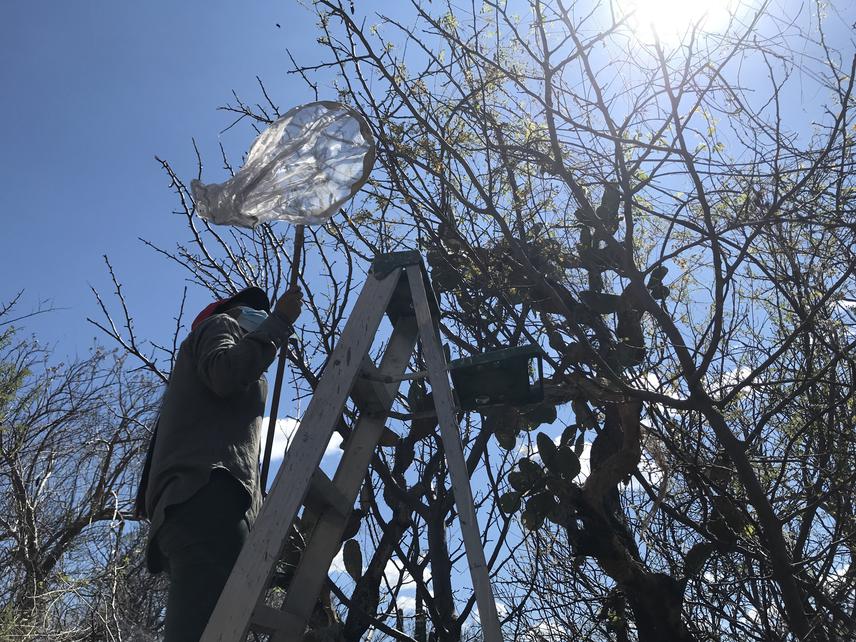Paula Vargas-Pellicer
Two of the main challenges ecologists face during restoration programs are establishing appropriate restoration practices and defining restoration outcomes. Network ecology theory, however, may guide restoration ecology when facing these challenges. Nonetheless, evidence on the effect of restoration practices on ecosystem functions is scarce. Pollination is an important ecosystem function and the global decline in pollinators hinders the resistance of natural areas and agro-environments to disturbances. Thus, the ability of pollination functions to resist or recover from disturbance may be critical for ensuring a successful restoration process. Here I will use a community ecology approach to investigate the effects of vegetation restoration, specifically the planting of native trees, on pollination.

This project aims to determine the effects of restoration treatments on pollination activity within the Sierra de Huautla Biosphere Reserve (REBIOSH) in central Mexico. It combines field observations of flower-foraging insects with DNA metabarcoding of their pollen loads to explore plant-insect networks. This pilot study will allow to explore whether is possible to evaluate the success of ecological restoration by monitoring changes in the diversity and structure of pollination network interactions in restored habitats, a reference ecosystem and chronically perturbed habitat.
The results of this project will determine if pollination networks are being restored in the area and whether the restoration efforts are allowing to create more resilient network interactions between plant-insect communities. I will quantify the patterns of pollen transport to inform restoration efficacy efforts; this will permit to describe the restoration process in both structural and functional terms. The ultimate contribution is to monitor the performance of planted and recruited tree species using efficient indicators, such as pollination, to eventually inform stakeholders and expand restoration areas in the dry forest.